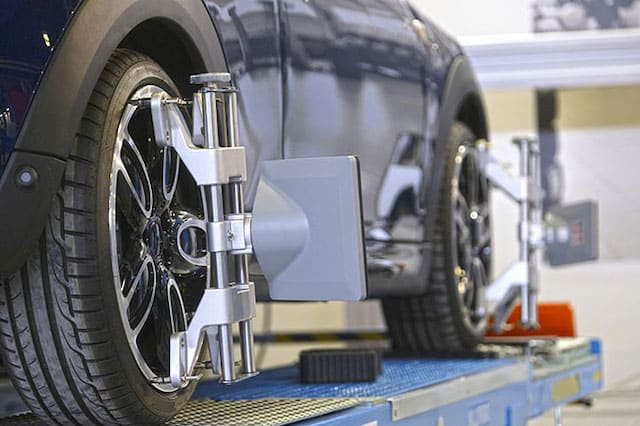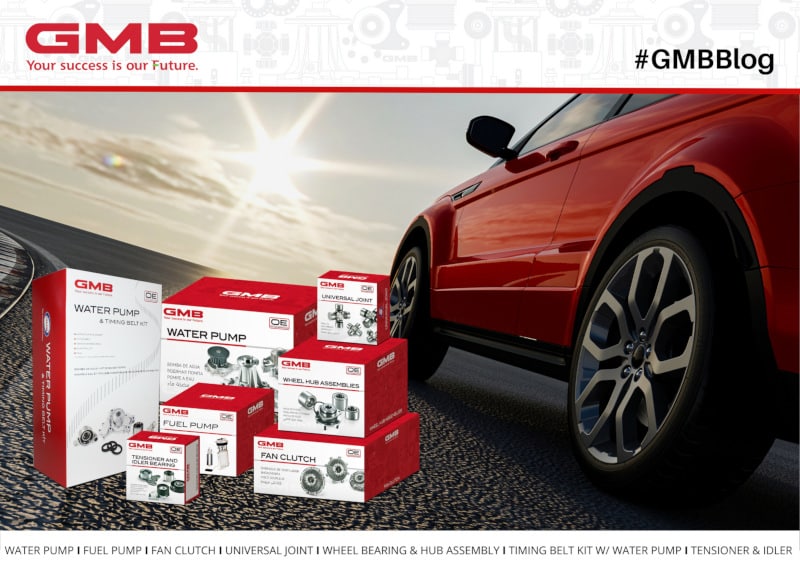Wheel Bearing Preload And Load Paths
When you replace a wheel bearing, sometimes you need to preload the new bearing. This video explains what it means to preload a wheel bearing and why it’s important to check the vehicle’s wheel alignment too:
What Does It Mean To Preload A Wheel Bearing?
Preloading a wheel bearing is a process that ensures that:
- The inner and outer races are aligned
- The rolling elements make proper contact with the two races
The process involves loading the bearings by tightening the axle nut. This process brings the races together. When you properly torque the axle nut, these parts will set the rolling elements properly in relation to the inner and outer races. The contact areas between the races and the ball bearings is where the loads are carried.
What Happens When The Wheel Bearing Is Not Preloaded Correctly
If the wheel bearings are not set properly, you’ll experience some issues, such as premature bearing wear. Your bearings may have the wrong angular contact pattern.
A preload set too high might cause the bearings to overheat and seize up due to excessive friction. The inner race may also come into contact with the dust seal or boot. This can cause the seal to leak.
A preload that’s too loose will allow the bearings to spin too freely. This leads to vibration and uneven wear due to excessive rotational movement.
There are many consequences of an incorrect preload such as:
- Excessive rotation resistance (drag)
- Incorrect contact pattern
- Inadequate bearing life
- Excessive wear at the outer race due to preventing rolling elements from sitting in a correct position
Whatever the situation, it all boils down to this: a wheel bearing that’s not preloaded correctly will fail early.
Can A Bad Wheel Alignment Cause A Wheel Bearing To Wear Out Prematurely?

Absolutely. Wheel bearing failure is one of the most common symptoms of a bad wheel alignment.
Even if a wheel bearing is pre-loaded the right way, it will eventually fail if the wheel alignment is bad. It may not fail right away, but it will over time.
Bearings are designed to carry the load in a certain direction only. When the wheels are out of alignment, they start to carry loads that are applied in different directions. This gives the bearing too much camber. The load path changes on the bearing. This causes the bearing to wear in a different pattern. This can cause uneven wear on the inside or outside of the bearing. It can also cause the contact pattern to be wrong, leading to premature failure.
Let’s say you have a car that pulls to the right when you drive it. If the wheels are out of alignment, this will lead to uneven bearing wear. The inner race of the bearing that must carry the load will end up wearing more than the outer race, because that’s where most of the weight is being applied.
The effects are even worse if you have your wheels toe out too far. This causes uneven contact between the rolling elements and the races. This will wear your bearings out at a much faster rate.
When replacing a wheel bearing on a vehicle, it’s important to check the vehicle’s wheel alignment, too.
We would love to hear your feedback! Contact [email protected] to share your thoughts!
MORE CONTENT
Stay current!
Sign up here to get the latest news
and updates on all things GMB.
Sign Up To Receive GMB News & Updates!

